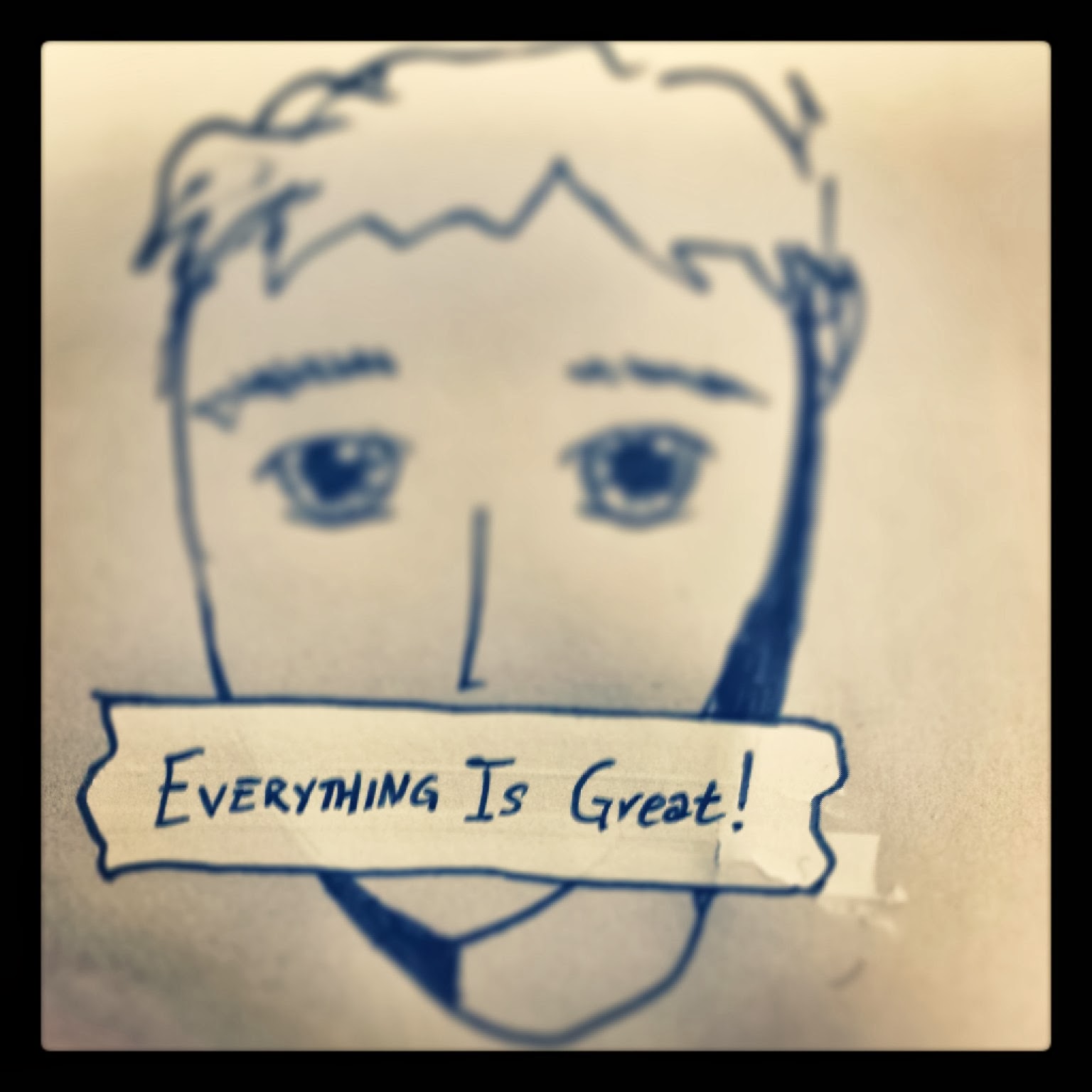The difference between children who have experienced trauma vs children who have not is the difference between a well-fed dog and a dog caught in a trap. Being bitten by a dog stuck in a trap will be interpreted differently than the same action by the well-fed dog. The pain and fear of the person bit may remain the same in each case, but the reason behind the bite is very different. The knowledge of this difference could lead us to quickly forgive the trapped animal while punishing the well-fed animal. Same behavior, same outcomes, different levels of acceptance.
The reason it is more acceptable for the trapped dog to bite is because we expect it. We know they are acting out of fear and self-preservation. The rescuer may even fault themselves for not taking extra precautions when approaching a wounded animal. We do not fault the animal because we see the trauma. Some animals may need extra care and services before they are rehabilitated enough to join a family and be adopted. Some dogs that have been trapped are euthanized and deemed impossible to rehabilitate. Most often it could be possible, but the expense, time, and resources estimated to bring that change about are seen as too great in a cost-benefit analysis.
Unfortunately, even dogs that are well-fed and well cared for can still bite and are often “put down” for reasons citing temperament. As if “temperament” were an unchangeable aspect of the animal existing in isolation from the environment. This is not including elderly dogs who may be suffering from dementia. While there may be some truth to this, most healthy dogs can relearn how to behave appropriately in a family/pack unit.
So it is with children who have experienced trauma. The scars are not always as visible as they are with dogs. Children can arrive at school or daycare, interact with children every day, and be caught in an invisible trap they have brought with them from their home. It is not clear we should approach them with caution or additional supports. Good intentions are greeted with snarls and threats. Well-meaning people are driven away, confident their loving actions will not be “wasted” on an ungrateful child.
All the while, the traumatized child and the trapped dog know two things: 1) Someone more powerful than myself has done this to me, and 2) only someone more powerful than myself can help save me. Therein lies the fear that drives the bite. These victims have learned they cannot trust those who are more powerful than they are, yet they know they are dependent on them for safety. It is a dichotomy of terror with no hope. Realizing this, the dog chews off his paw and risks bleeding to death. Coming to a similar realization, the child cuts off their emotions (reactive attachment disorder, oppositional defiant disorder, conduct disorder, antisocial personality disorder, etc), their connection with reality (schizotypal personality disorder, schizophrenia, etc), both their emotions and reality (Bipolar disorder, schizoaffective disorder, PTSD, etc), or their own self (borderline personality disorder, dissociative identity disorder, etc). Ultimately, they may even choose to end their own life as a means of escaping what they perceive to be a world full of traps and void of help.
There have been instances where people like this have been “put down”. It happens under the guise of justice and death penalties. It happens through social isolation and institutionalization. It happens socially and economically and religiously. Through these processes, humanity is enacting the age-old rite of self-preservation on a social level. “We” are protecting “Us” from “Them” because “They” are threatening. It makes complete sense and, evolutionarily, protects us from threats. However, too often we are in a rush to protect, to diagnose, to define, and to dispense. The onslaught of managed care has taught us to ignore the traumatic traps and treat the paw, the specific injury, and discharge the patient in under seven sessions.
In the process of being so quick to protect ourselves from the threat, we have become the very thing we thought we were protecting ourselves from: Isolated. Isolation is a social tool of punishment designed to either alter behavior so “they” becomes more like “us” (a part of our pack), or else relegate “they” to alienation and almost certain death. This ensures homogeneity and easy identification of who “we” are. The United States claim not to be savage, to be moral, to be respectable. Yet, if we are judged by how we treat our sick, our young, and our old, we are incredibly cruel, immoral, and lack any modicum of respect. If the sick could heal themselves, we would not need doctors. If the traumatized could free themselves, we would not need therapists. If the elderly were cared for by family, they would not need retirement homes.
This is not strictly about government policies, universal healthcare, or insurance companies. This is about a society becoming so consumed with living a safe life they have failed to live a life. Convenience, ease of use, and customer satisfaction has replaced effort, attentiveness, and prudence. Somewhere along the line, acquisition of material goods and resources became synonymous with safety and wellness.
So we abandon the dog that threatens us. We forget the child that scares us. We ignore the parent that cannot remember us. We waste our lives on things, and are surprised when things dominate our lives. To quote Kierkegaard in The Sickness Unto Death:
“What we call worldliness simply consists of such people who, if one may so express it, pawn themselves to the world… The greatest hazard of all, losing one’s self, can occur very quietly in the world, as if it were nothing at all. No other loss can occur so quietly; any other loss – an arm, a leg, five dollars, a wife, etc. – is sure to be noticed.”
And this is just what has happened. We have become worldly at the expense of our own selves, at the expense of those smaller, weaker, poorer, or sicker than ourselves. This has happened without a sound, with no notice, and it silently continues on, perpetuated by greed, fear, and the unending pursuit of safety. Let me assure you of one thing: a safe life is no life at all. There will be traps and traumas for all of us. Each of us will require the aid of another who is greater than ourselves to free us from these traps through relationship with patience founded on deep love. Just as each of us will encounter a trap, each of us will encounter another in their own trap. Will we risk being bitten?
 |
(C) Nathan D. Croy
Trap |





